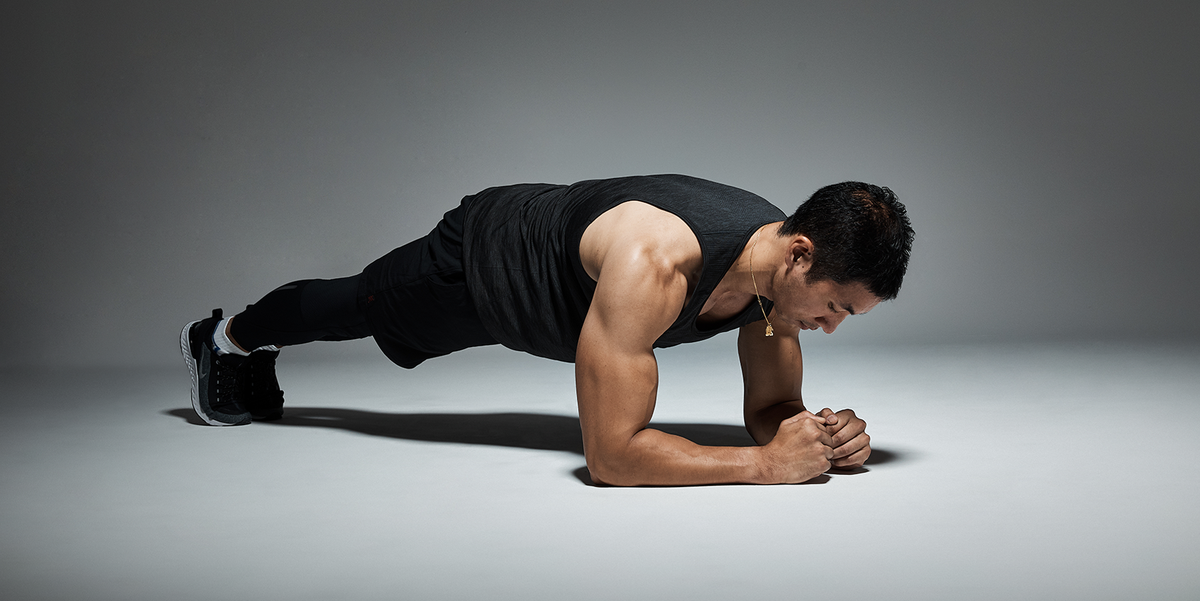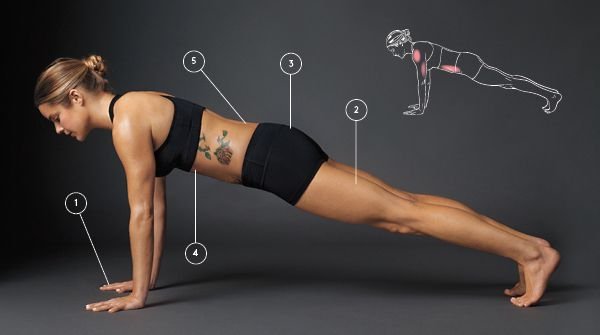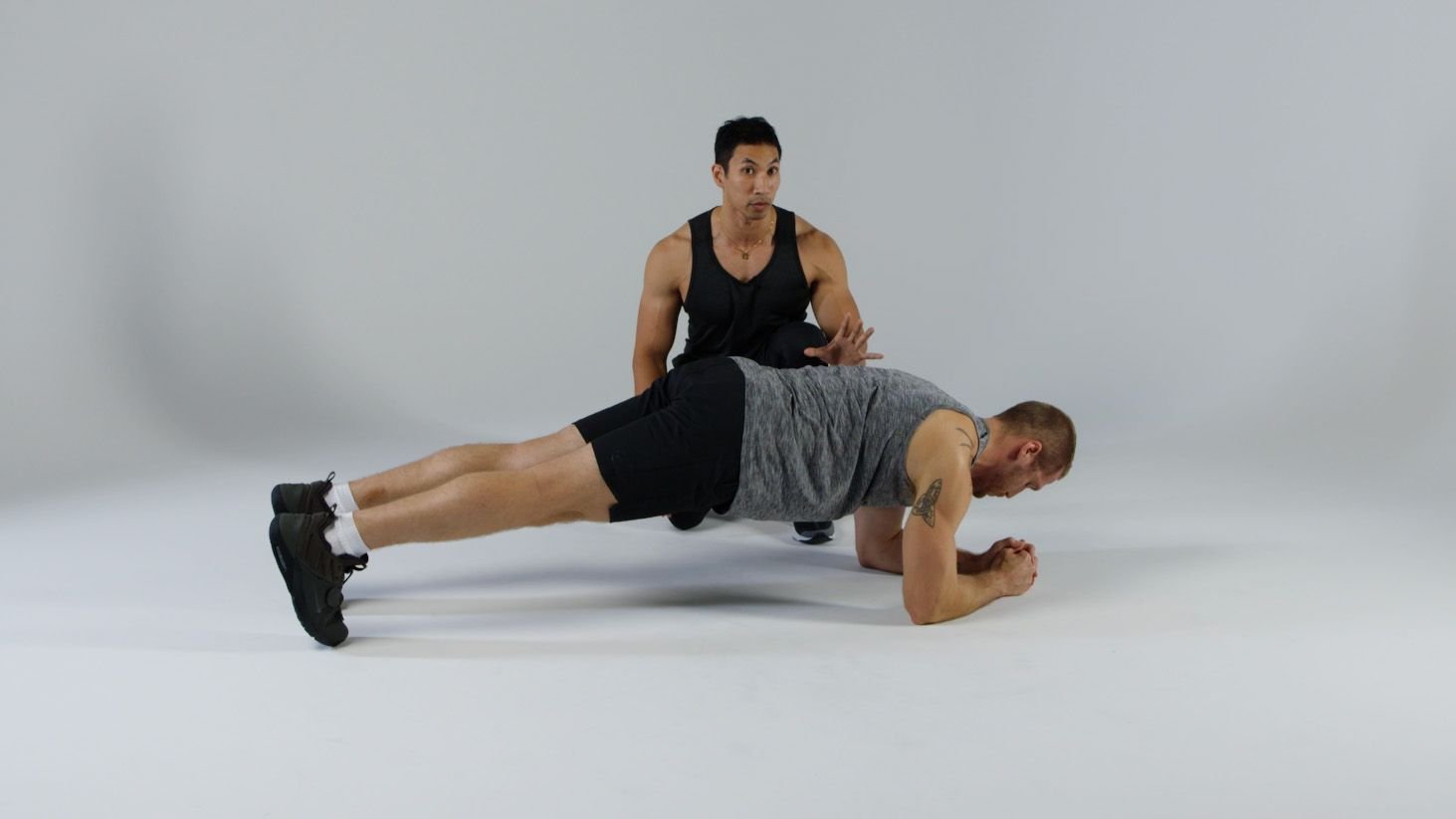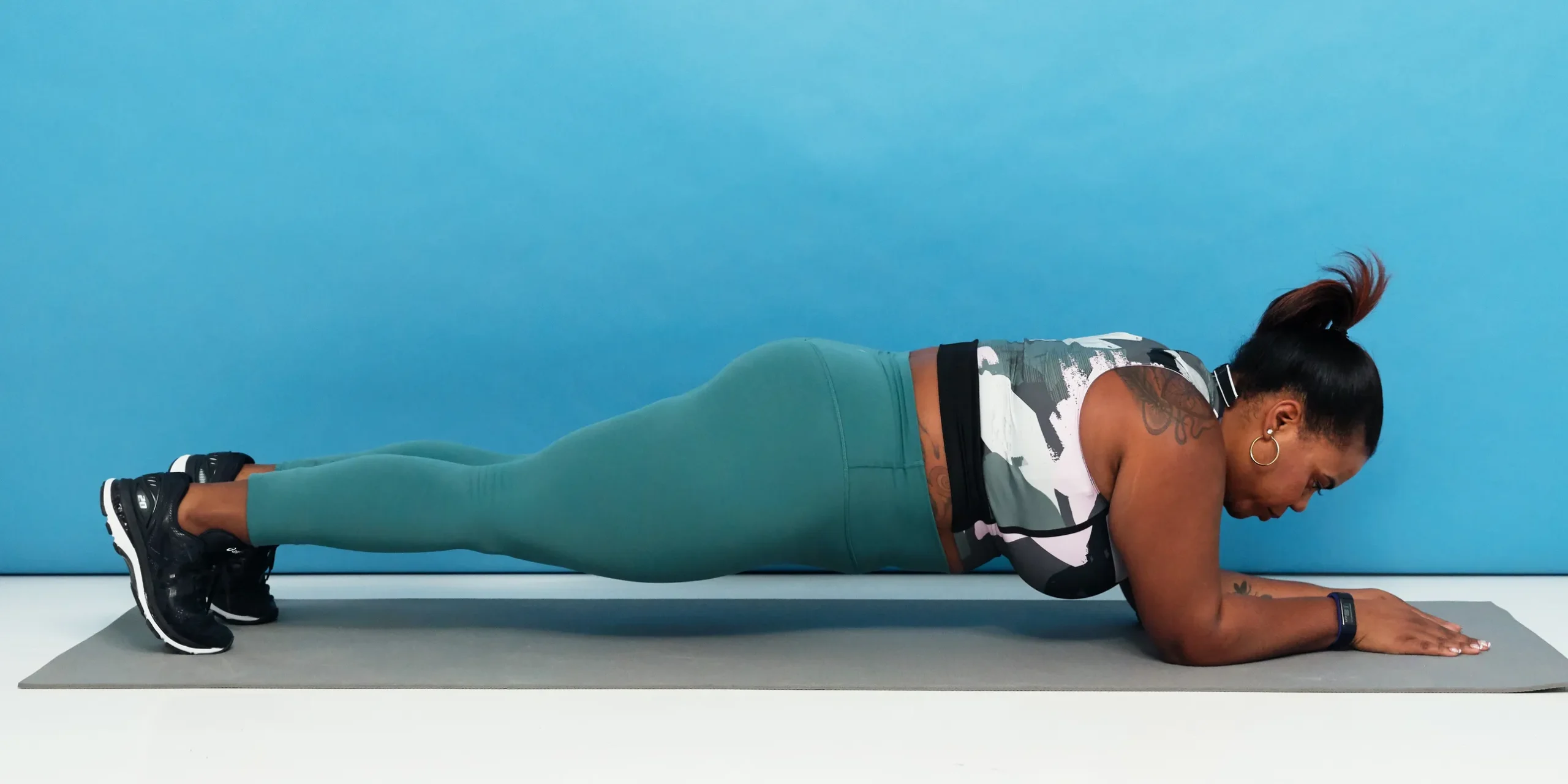Welcome to the ultimate guide on mastering the plank exercise! Whether you’re a beginner or a seasoned fitness enthusiast, perfecting your plank form is crucial for maximizing its benefits and preventing injuries.
In this article, we’ll dive deep into the nuances of performing a plank with flawless form, as recommended by fitness trainers.
Get ready to sculpt your core, improve posture, and enhance overall strength!

Understanding the Plank Exercise
What is a Plank?
At its core (pun intended), the plank is a simple yet incredibly effective bodyweight exercise that targets multiple muscle groups simultaneously.
It primarily engages the core muscles, including the rectus abdominis, transverse abdominis, and obliques, while also activating the shoulders, arms, and legs for stability.
Benefits of Planking
Planking offers a myriad of benefits beyond just toning your abs.
It strengthens the entire core, which improves posture, reduces back pain, and enhances athletic performance.
Additionally, planks help increase overall stability and balance, making them a valuable addition to any workout routine.
Perfecting Your Plank Form
Setting Up for Success
Begin by getting into a push-up position with your hands directly beneath your shoulders and your body forming a straight line from head to heels.
Engage your core muscles by drawing your navel toward your spine and squeezing your glutes to keep your hips in line with your spine.
The Importance of Alignment
Maintaining proper alignment is key to maximizing the effectiveness of your plank and minimizing the risk of injury.
Keep your neck in a neutral position, gaze at a point on the floor a few inches in front of you, and avoid sagging or arching your lower back.
Engaging the Core
Focus on contracting your abdominal muscles as if you’re trying to pull your belly button towards your spine.
This engagement will help stabilize your spine and prevent overarching, ensuring that your core is doing the majority of the work.
Breathing Techniques
Don’t forget to breathe! Inhale deeply through your nose as you brace your core, and exhale slowly through your mouth to maintain control throughout the exercise.
This rhythmic breathing pattern will help you sustain your plank for longer durations.

Progressions and Variations
Leveling Up Your Plank
Once you’ve mastered the basic plank, challenge yourself with variations to keep your workouts interesting and continue progressing.
Experiment with side planks, forearm planks, and plank with leg lifts to target different muscle groups and increase overall strength and stability.
Adding Props
Incorporating props like stability balls or sliders can further intensify your plank workout by increasing instability and engaging additional stabilizer muscles.
However, ensure you maintain proper form and control to avoid injury.
Conclusion
Congratulations! You’re now equipped with the knowledge and techniques to perform a plank with perfect form, thanks to insights from fitness trainers.
Remember to prioritize alignment, engage your core muscles, and breathe rhythmically throughout the exercise.
With consistent practice and dedication, you’ll reap the numerous benefits of planking and take your fitness journey to new heights.

FAQs
Is it normal to shake while planking?
Yes, minor trembling or shaking is normal, especially as you fatigue.
It’s your muscles working hard to maintain stability.
However, if shaking is excessive or accompanied by pain, consider adjusting your form or taking a break.
How long should I hold a plank?
Aim for 30 seconds to start and gradually increase your hold time as you build strength and endurance.
However, quality trumps quantity, so focus on maintaining proper form rather than pushing for longer durations.
Can anyone do planks, regardless of fitness level?
Yes, planks can be modified to suit various fitness levels.
Beginners can start with modified versions, such as knee planks, and progress to full planks as they become stronger.
How often should I incorporate planks into my workout routine?
It’s recommended to include planks in your routine 2-3 times per week, along with other core-strengthening exercises.
Listen to your body and allow for adequate rest between sessions to prevent overtraining.
Should I plank on a soft surface like a yoga mat or a hard surface like the floor?
Both options are viable, but planking on a firm surface like the floor provides better stability and allows for proper alignment.
However, if you experience discomfort, you can place a yoga mat underneath for added cushioning.
